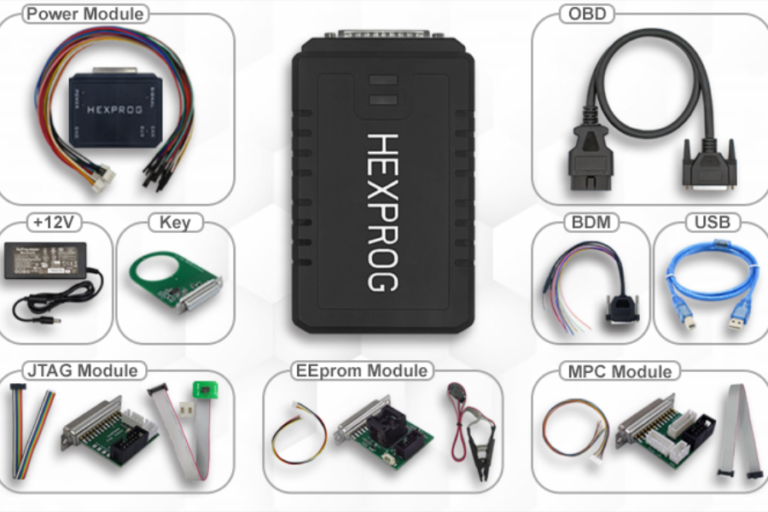Top Energy Hogs: What Uses the Most Electricity in Your Home?
Key Takeaways:
- Identify the leading household appliances and systems contributing to high electricity usage.
- Understand how different factors influence electricity consumption.
- Learn practical tips to reduce energy usage and save on utility bills.
Table of Contents:
- Introduction
- Primary Electricity Consumers
- Heating and Cooling Systems
- Water Heaters
- Kitchen Appliances
- Entertainment and Electronics
- Lighting
- Practical Tips to Reduce Electricity Usage
- Conclusion
Introduction
Understanding where your home’s energy goes is crucial for reducing electricity consumption and saving on your utility bills. Certain household appliances and systems are notorious for being “energy hogs,” consuming vast amounts of electricity. By identifying what uses the most electricity in homes, you can take steps to optimize energy use, enhancing both your wallet and the environment. This article sheds light on the biggest energy consumers in your home and provides practical tips to reduce electricity usage.
Primary Electricity Consumers
Heating and cooling systems, water heaters, kitchen appliances, and electronics typically account for the lion’s share of a home’s electricity consumption. Knowing what uses the most electricity in homes can help you pinpoint areas where you can make the most impact. One example is how heating and cooling can make up to 50% of your electricity bill, which is a primary focus for increasing efficiency.
Upgrading energy-efficient HVAC systems and smart thermostats can reduce electricity usage and costs. Water heaters are another major electricity consumer, and switching to tankless or energy-efficient models can lead to substantial savings. Kitchen appliances such as refrigerators, ovens, and dishwashers consume considerable power; opting for Energy Star-rated appliances can lower their energy footprint. Electronics, including televisions, computers, and gaming consoles, continuously draw power, even in standby mode, so using power strips and turning off devices when not in use can help. Additionally, investing in LED lighting and energy-efficient bulbs throughout your home can reduce electricity consumption, offering a quick and effective way to improve overall energy efficiency.
Heating and Cooling Systems
Heating and cooling systems are the primary electricity consumers in most households, especially in regions with extreme temperatures. These systems work tirelessly to maintain a comfortable indoor environment, consuming significant power. Central air conditioners, furnaces, and heat pumps generate high energy bills. Regular maintenance like replacing filters, sealing ducts, and upgrading to energy-efficient models can make a substantial difference. Programmable thermostats can also help manage energy usage by automatically adjusting temperatures based on your schedule.
Additionally, insulating your home can significantly reduce the burden on heating and cooling systems by maintaining indoor temperatures more effectively. Ceiling fans and natural ventilation can complement these systems, reducing the need for constant air conditioning or heating. Exploring alternative energy sources, such as solar panels, can offset the electricity consumption of these systems, providing long-term savings and environmental benefits. Energy audits can identify inefficiencies and suggest improvements, helping homeowners make informed decisions about their heating and cooling needs. Finally, adopting smart home technology allows for more precise control and monitoring of energy use, further enhancing the efficiency and cost-effectiveness of heating and cooling systems.
Water Heaters
Water heaters are another major energy consumer, accounting for about 14-18% of a household’s electricity usage. These units continuously provide hot water for showers, dishwashing, and laundry. Older water heaters are often less efficient, consuming more energy to maintain desired temperatures. Switching to a tankless or energy-efficient water heater can lower power consumption. Additionally, simple measures like insulating your water heater and reducing the temperature setting can lead to energy savings.
Kitchen Appliances
The kitchen has several high-energy appliances, including refrigerators, ovens, and dishwashers. Refrigerators, especially older models, run continuously and can be a significant energy drain. Ovens and stoves also use considerable electricity, mainly if used frequently. Modern, energy-efficient appliances can considerably reduce energy consumption. Simple tips like setting the refrigerator to the right temperature, using the microwave instead of the oven for smaller meals, and running the dishwasher only when complete can also help save electricity.
Entertainment and Electronics
Entertainment systems and electronics such as televisions, gaming consoles, and computers contribute notably to a household’s energy usage. Even though they may seem insignificant, these gadgets can contribute a notable amount to your power bill, particularly when they are left in standby mode. Disconnecting devices when they are not being used, utilizing power strips, and activating energy-saving modes can lower their electricity usage. Powering down your television, gaming console, and other electronics rather than keeping them on standby can help avoid unnecessary energy consumption.
Lighting
Although lighting is less impactful than heating and cooling systems, it can still contribute to significant electricity usage, mainly if your home relies on older, less efficient bulbs. Transitioning to energy-efficient lighting options like LED bulbs can greatly decrease energy usage. LEDs use about 75% less energy than traditional incandescent bulbs and have a significantly longer lifespan. Additionally, using natural light during the day and turning off lights when not in use are simple yet effective strategies to save electricity.
Practical Tips to Reduce Electricity Usage
Reducing electricity consumption doesn’t always require significant investments; simple changes can make a big difference:
- Regular Maintenance: To improve efficiency, ensure your HVAC system is properly maintained, with regular filter changes and duct cleaning.
- Smart Thermostats: Set up programmable or smart thermostats to effectively control heating and cooling by changing temperatures according to your schedule.
- Energy-Efficient Appliances: Upgrade to appliances with high energy ratings to reduce electricity consumption while maintaining performance.
- Unplug Idle Electronics: Use intelligent power strips to eliminate phantom loads from devices left in standby mode.
- LED Lighting: Replace traditional bulbs with LED alternatives to significantly reduce the energy used for lighting.
- Regular Audits: Perform routine energy evaluations to pinpoint inefficiencies and potential enhancements in your household’s energy usage.
- Use Natural Light: Maximize natural daylight during the day and turn off lights when not needed.
- Optimize Water Heater Settings: Lower the temperature settings on your water heater and insulate it for better efficiency.
Conclusion
Understanding and managing what uses the most electricity in homes is vital for reducing energy consumption and saving on utility bills. By identifying the main electricity consumers, like heating and cooling systems, water heaters, kitchen appliances, and electronic devices, you can target your efforts where they will be most effective. Implementing energy-efficient practices and intelligent upgrades can lead to significant savings and a more sustainable household. Begin implementing changes now to experience the advantages of decreased energy costs and a smaller ecological impact.
Keep an eye for more news & updates on Aoomaal.Org!







